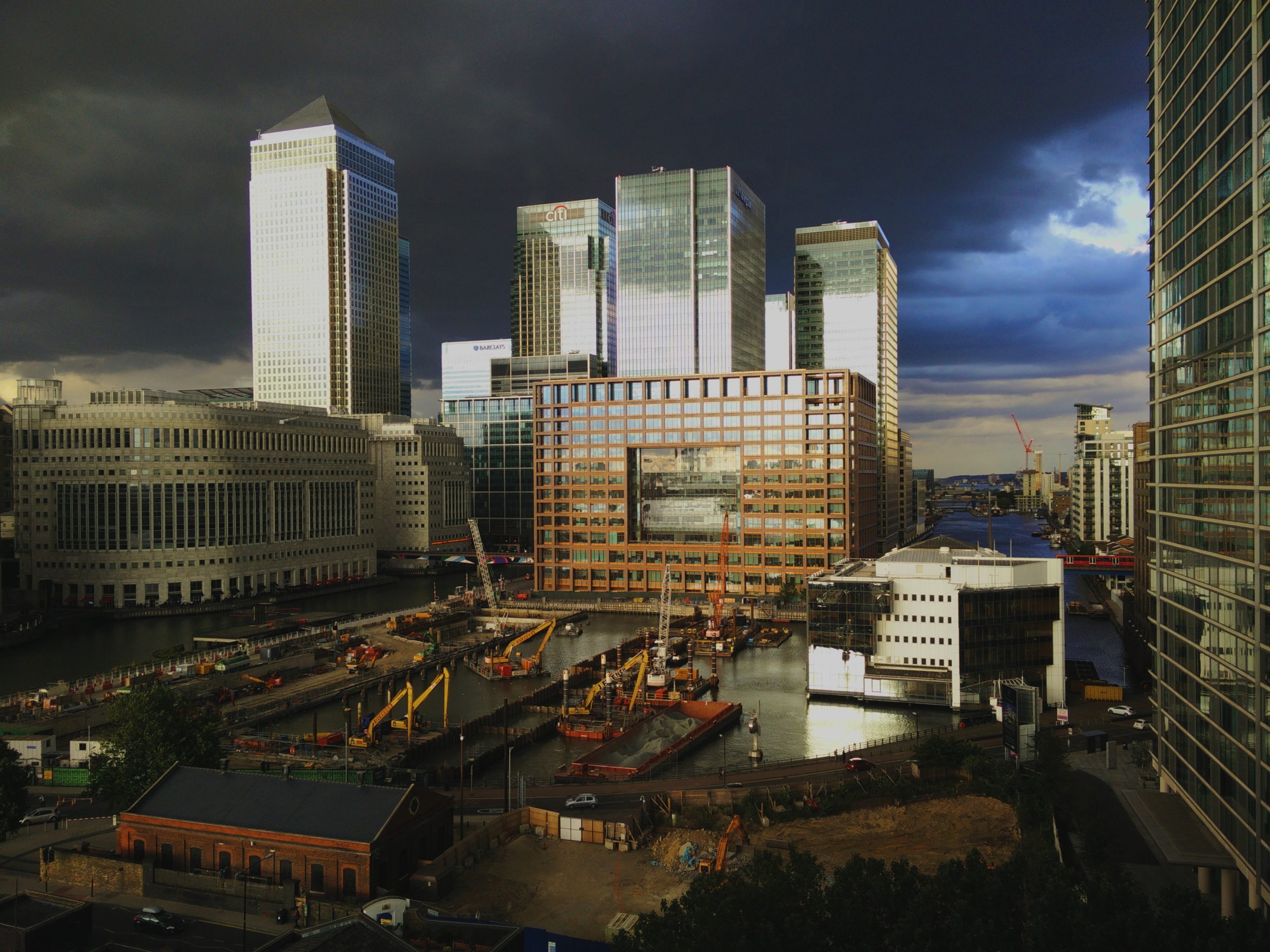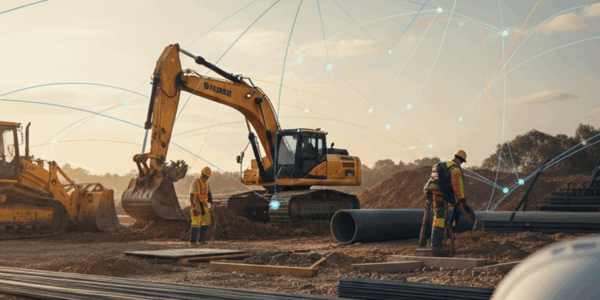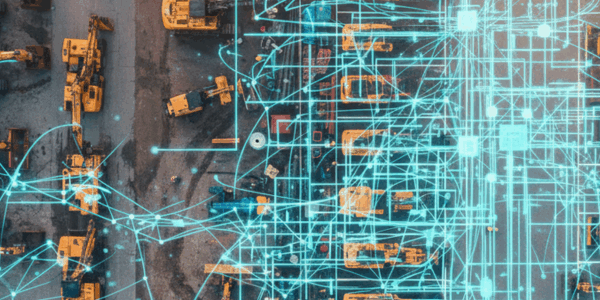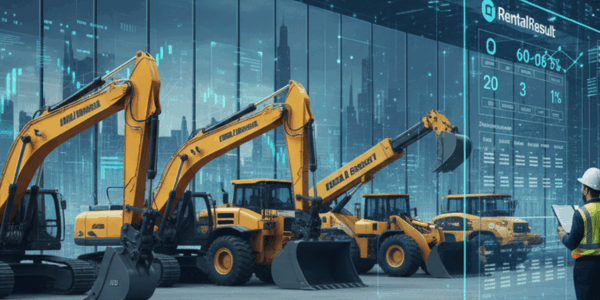
When most people hear the phrase “industrial revolution,” their minds immediately jump to the period of rapid technological advancement that transformed American and European societies from about 1760 to 1840. In fact, to the average person, this time span is known as “the Industrial Revolution,” implying that is was the only notable event of its kind.
But what if I told you that the industrial revolution you spent countless hours studying in grade school was only the first of multiple society-reshaping changes ushered in by technological innovation? This is likely a revelation for many of you because your 7th grade history teacher was approaching that first industrial revolution from a different perspective than today’s prominent technologists, economists, and historians.
According to these experts, the Western world has already completed three industrial revolutions and is currently undergoing a fourth. In this blog post, we’ll be briefly recapping the past revolutions before diving into an exploration of the technologies that are currently transforming our world.
Revolutions Past
To properly appreciate and contextualize the industrial revolution we’re presently living through, it’s important that we have a clear understanding of those past. Each of these periods of tremendous innovation had a profound impact on how everyday people lived their lives and how societies were organized and operated.
The First Industrial Revolution
- Defining Technologies: Mechanization, steam power, the weaving loom
- Approximate Start: 1784
The Second Industrial Revolution
- Defining Technologies: Mass production, assembly lines, electrical energy
- Approximate Start: 1870
The Third Industrial Revolution
- Defining Technologies: Automation, computers, electronics
- Approximate Start: 1969
The Technological Shift Transforming Our World
With the past established, we can now explore the wave of innovation that is currently revolutionizing the way we work and play.
The Fourth Industrial Revolution
- Defining Technologies: Cyber-physical systems, the Internet of Things, networks
- Approximate Start: Present day
Building off the foundation set by the previous revolution, the Fourth Industrial Revolution (also known as 4IR or Industry 4.0) centers around digitization and connectivity. While computers have undoubtedly transformed the way countless industries operate and how everyday people live their lives, in many cases, physical and digital systems exist in silos. For example, across numerous industries, certain processes are managed using advanced digital solutions while other tasks are handled with pen and paper. But through technologies that blur the line between the physical and digital realms like virtual reality, biotechnology, robotics, and the Internet of Things, innovative companies are drawing ever closer to complete digitization. This crossover is already enabling accelerated communication and enhanced productivity across professional and personal applications.
The Shape of the Construction Industry to Come
The technologies driving Industry 4.0 are already leaving a mark on the construction industry. Keeping tabs of assets (both in terms of usage and location) as they are moved from job site to job site has long been a challenge for construction. But with the rise of telematics, construction companies are now able to track their assets at all times, thereby solving visibility difficulties and providing actionable usage data. In addition, virtual and augmented reality applications are already being used on job sites to provide workers with visual representations of what finished tasks should resemble. And all the while, drones are enabling management off-site management of projects and safer surveying of job sites.




